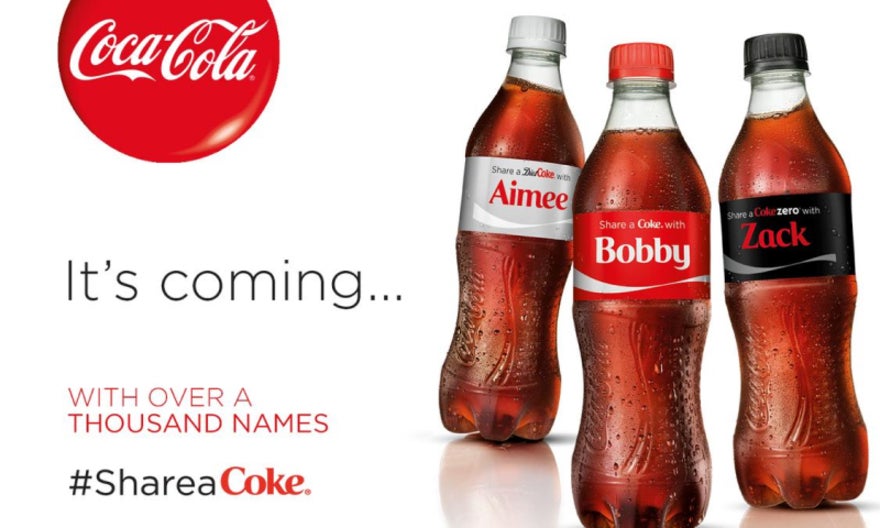10 Social Proof Examples: Elevate Conversions and Drive Success
If you click to purchase a product or service based on our independent recommendations and impartial reviews, we may receive a commission. Learn more
Online, conversion rate optimization can be the difference between why some online businesses thrive while others struggle, and adding social proof should be high on your CRO checklist. No matter whether you run your business on social media, a marketplace, or you built your own website using a website builder or CMS, the key ingredient to any website’s success is social proof, and brands that use social proof have been known to see an increase in conversions by up to 15%.
Just think of it as the digital evolution of word-of-mouth endorsements. In a landscape oversaturated with choices, that’s a good thing. Consumers frequently rely on social proof to help with their decision-making, and using it in your business strategy helps craft a positive brand persona that not only attracts but also retains customers.
Here, we look at 10 social proof examples that will elevate conversations among your target audience and drive success.
1. Testimonials and Reviews
When it comes to social proof examples, customer testimonials and reviews lead the way. They provide new customers with a glimpse into the experiences of others and help influence decision-making. But not any old testimonial will do, and authenticity is key. Ensure your testimonials are genuine and transparent so they add credibility to your brand.
It’s also important to make testimonials and reviews easy to find on your website. Start by adding a testimonials section to your site where users can see what people say about your business. Then place a few on the homepage to grab their attention. If you’re using a third-party website, make sure people can easily find it on your own site. More than 70% of consumers place increased trust in a brand if it has positive reviews and testimonials. When done right, they’re worth their weight in gold.
2. User-generated Content
Over the last 10 or so years, user-generated content (UGC) has become somewhat of a buzzword. But truth be told, it’s been around as long as marketing itself, just in different guises. UGC is everything from photos to videos and blog posts, all created by customers to make your audience feel more included in the brand. UGC not only provides authentic testimonials, but it engages customers and helps foster a sense of community around your business.

If you want to encourage consumer participation, you can create contests or giveaways that require participants to post content related to your brand. Social media is an excellent platform for this, with features that allow users to mention or tag your company. Once you’ve got UGC examples, showcase them on your website, social media channels, or email newsletters to celebrate your customers and provide real proof of their endorsement.
3. Case Studies and Success Stories
Sharing customer success stories and case studies demonstrates how your product or service can solve real-life problems. They serve as compelling evidence of your product’s usefulness, providing potential customers with relatable scenarios that add real-world context that they can apply to their own lives.
Create a convincing case study by choosing customers whose experiences best represent your brand’s value proposition. Interview them to gather detailed information and present their story in written or video form. A successful case study should clearly outline the problem, solution, and results, reinforced by quotes or insights from the customer.
4. Social Media Following and Engagement
There’s no denying that social media has become one of the best platforms for brand endorsements. A large number of followers or likes can see your brand’s popularity surge, while high levels of user engagement – such as comments, shares, and retweets – indicate that you’re creating content that resonates with audiences.

When using social media, aim to increase your following and engagement by posting regular, high-quality content that aligns with the audience’s interest and encourages interactions. This can be through contests, giveaways, or user-generated content campaigns. Respond promptly to comments, and engage in discussions to foster a sense of community.
5. Media Mentions and Press Coverage
Even in the digital age, media mentions, and press coverage still hold plenty of weight for brand validation, whether online or in traditional press. The best way to gain media attention is to send out press releases about significant company updates, unique stories, or industry insights.
Sometimes press can be free, especially if you have an in-house team who can write the stories and have suitable connections. If you’re starting from scratch, however, it might be worth working with a PR company. They’ll help you get coverage by finding the right type of media opportunities.
6. Influencer Collaboration
Influencers have the power to amplify your brand and drive sales, offering access to follower counts that take businesses years to build organically. There are different types of influencers, including macro and micro. A micro-influencer with fewer followers often has higher engagement rates and a more niche, loyal audience. This can result in better-targeted and more authentic promotions for your brand compared to influencers with larger but more generic followers.

Reach out to influencers as part of your marketing strategy and see if there’s an opportunity to collaborate. Once you’ve entered into a partnership, influencers offer testimonials that you can leverage to promote your brand. These influencer testimonials provide a human face to represent your company, making it more relatable and trustworthy.
7. User Metrics
Data is powerful, whether it’s a high number of downloads or increasing subscriber counts. Positive numbers showcase a brand that’s on an upward trajectory and increase the likelihood that people will want to interact with it. Best of all, it’s easy to incorporate metrics into your content, be it through blog posts, landing pages, or on your homepage.
It’s not just about the big numbers, though. Highlighting engagement metrics, such as the number of comments or shares, helps demonstrate a thriving community around your business. Remember, it’s all about giving a tangible form to your success story, making it easier for potential customers to trust and engage with your brand.
8. Expert Endorsements
A well-known expert vouching for your brand sends a strong message to potential customers: “This is a company trusted by someone I respect and admire.” That’s a powerful recommendation, and it goes a long way to strengthening your brand image while cultivating trust with audiences.

You can invite experts to endorse your products or services or even contribute to your content by writing a guest post or joining a podcast. Consider featuring expert reviewers across your marketing campaigns to add a touch of authority and authenticity that can strike a chord with your audience.
9. Live Chat and Customer Support Ratings
A live chat on a website is more than just a functional tool – it serves as a form of social proof and further underlines your commitment to excellent customer service. A responsive, easily accessible chat feature shows that your business values customer queries and concerns and is ready to provide immediate assistance.
It helps you offer five-star customer service, which allows you to display real-time ratings and feedback from customer support interactions. When potential customers see positive reviews and high ratings for your customer service, they’ll feel more confident in your brand’s ability to address their needs. It’s a visible demonstration of your business’s proactive approach to customer satisfaction and an assurance of the quality of your post-purchase support.
10. Awards and Certifications
Having your business recognized with awards or certifications by reputable organizations is a clear signal of quality and excellence. Winning awards is often easier than you think, too. There are plenty of awards that you can nominate yourself for. And if you’re fortunate enough to win an accolade or two, don’t shy away from displaying these achievements across your website and marketing materials.

Awards endorse your products and services and help instill confidence in customers. It’s the equivalent of saying, “Look, we’re acknowledged by experts in our field; you can trust us!” So, never underestimate the power of awards and certifications. They aren’t just pretty logos to show off; they’re a powerful part of your brand’s trust-building arsenal.
Social Proof Examples: Summary
The value of social proof in driving conversions and bringing success is clear. Implementing these strategies boosts your brand’s credibility and trust. So embrace social proof measures, test them out, and refine them for maximum impact.

Leave a comment